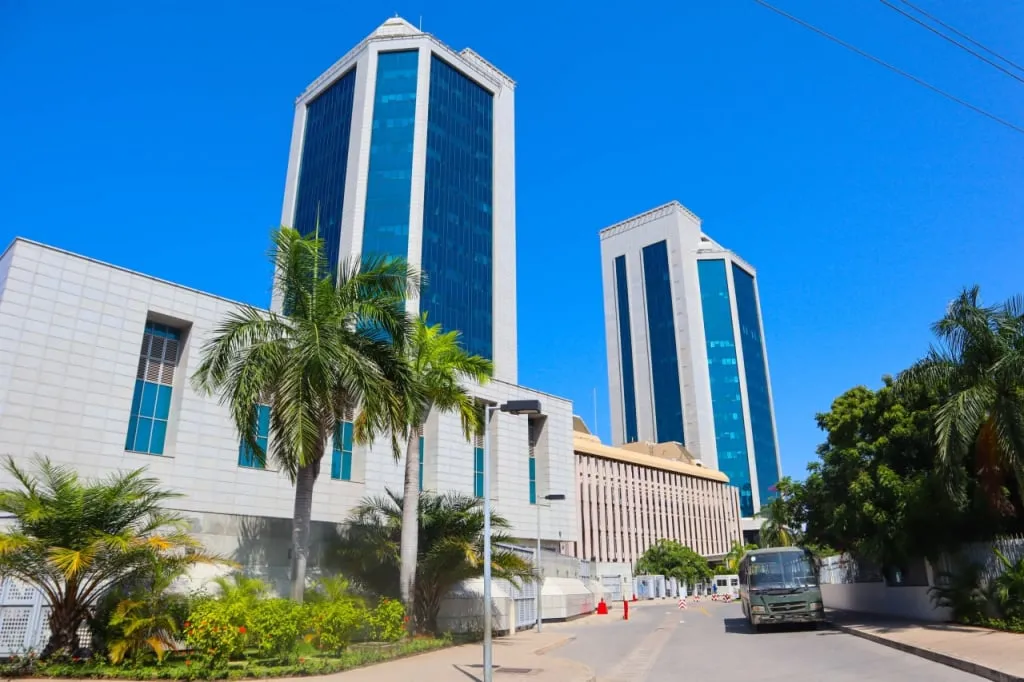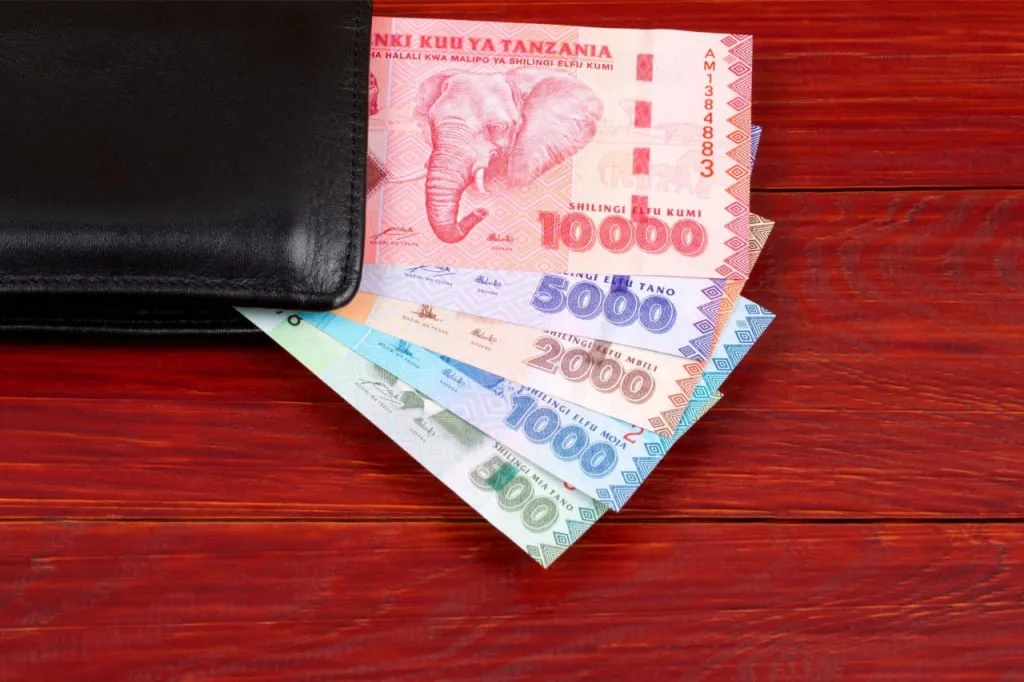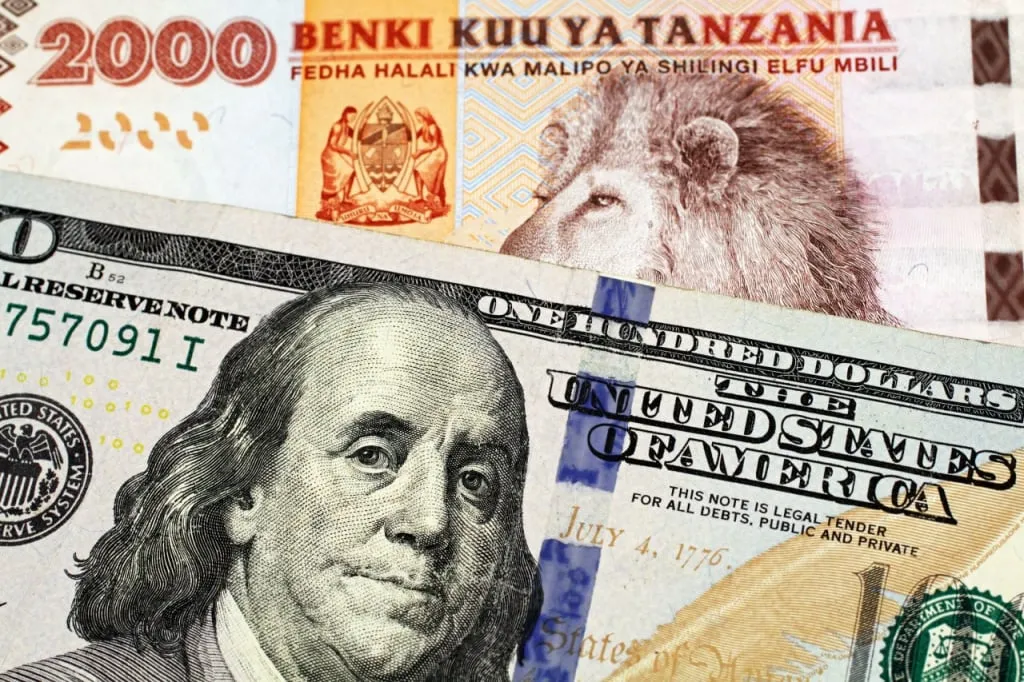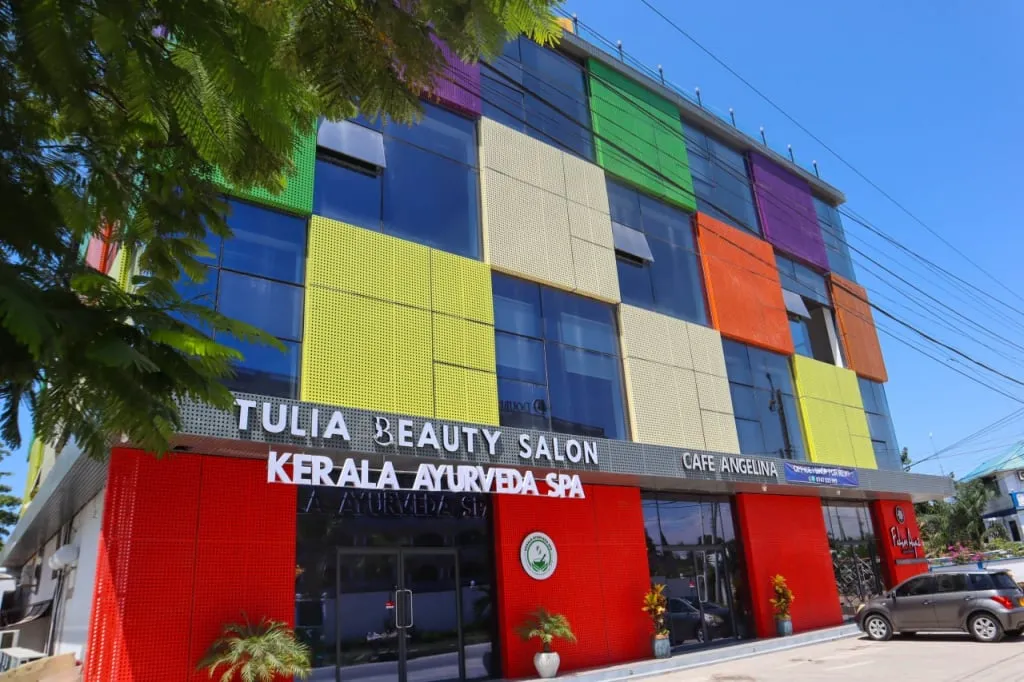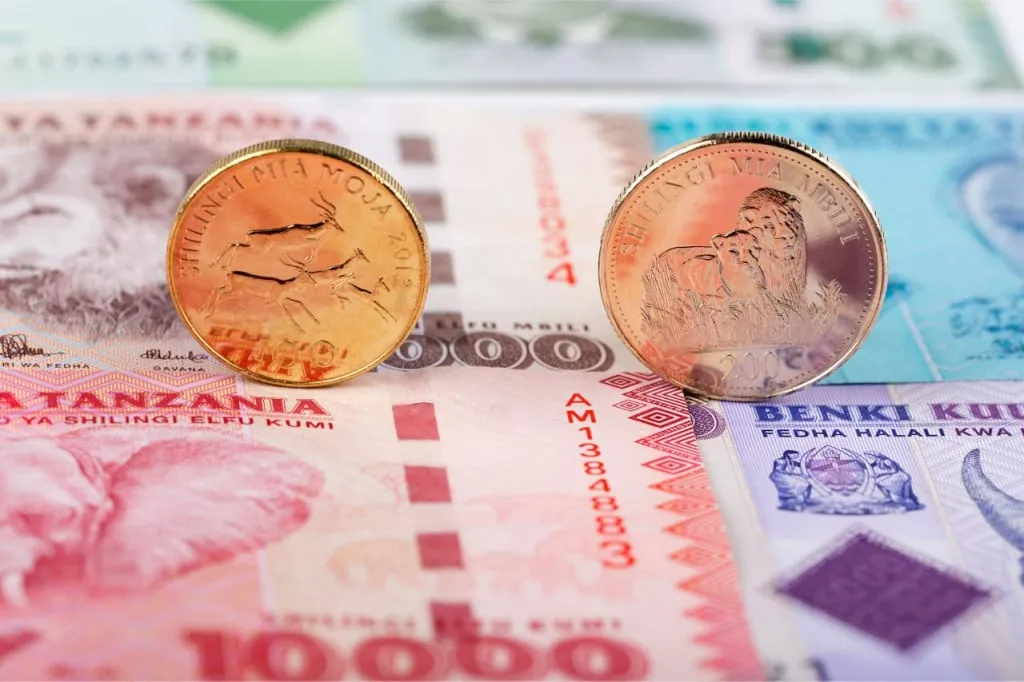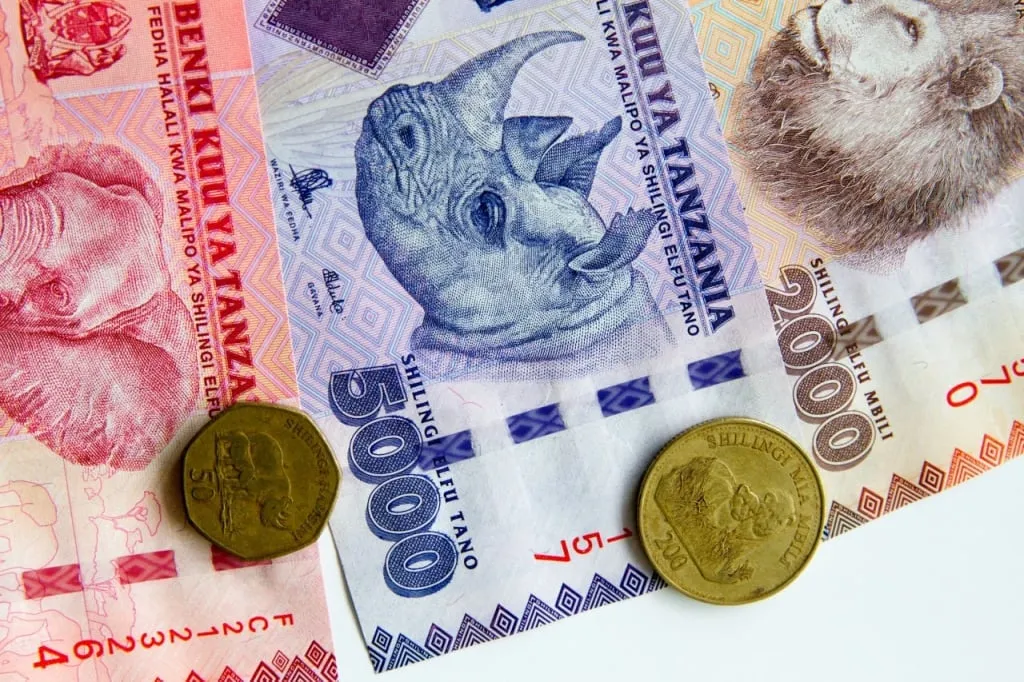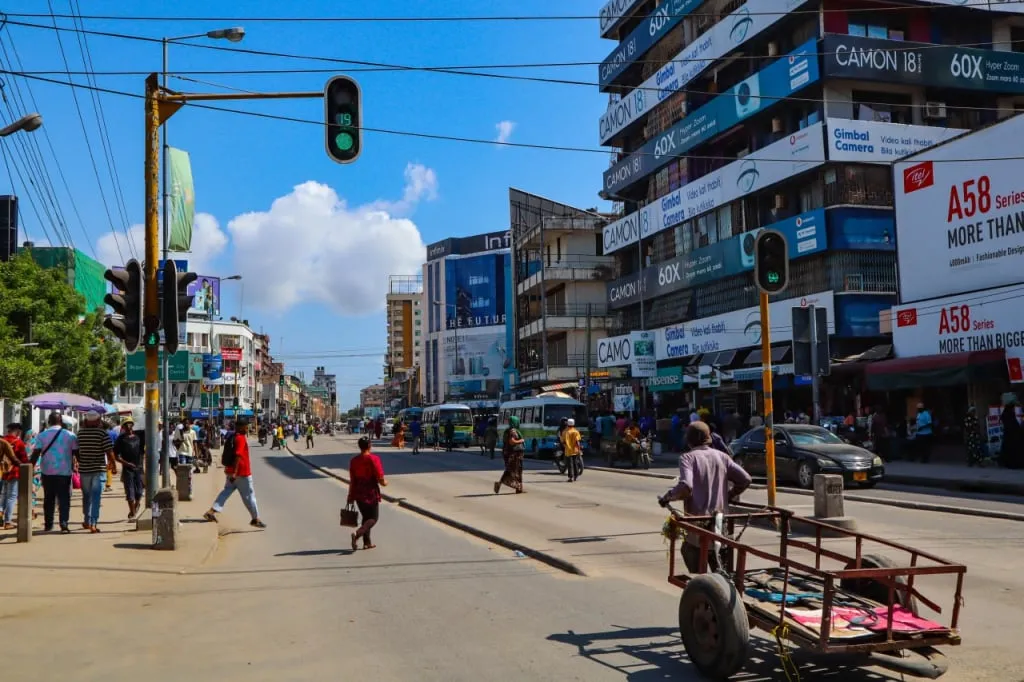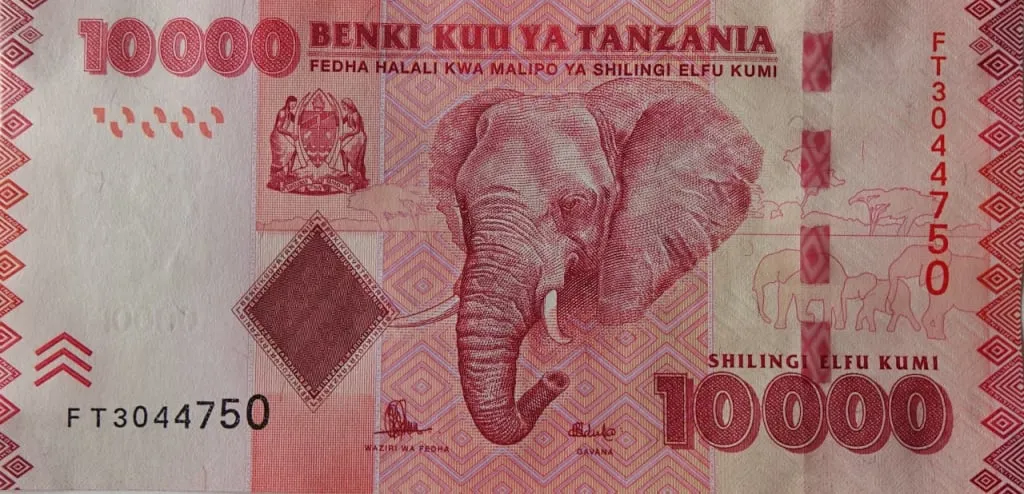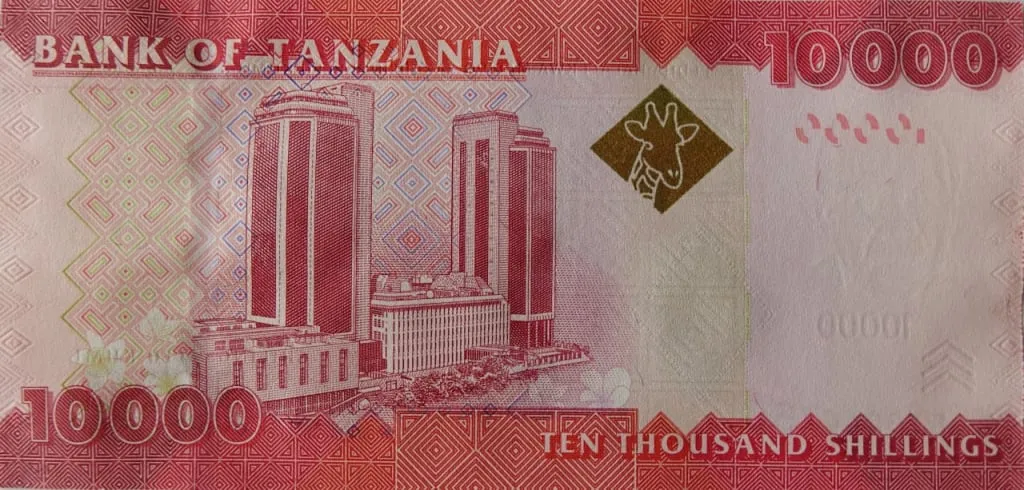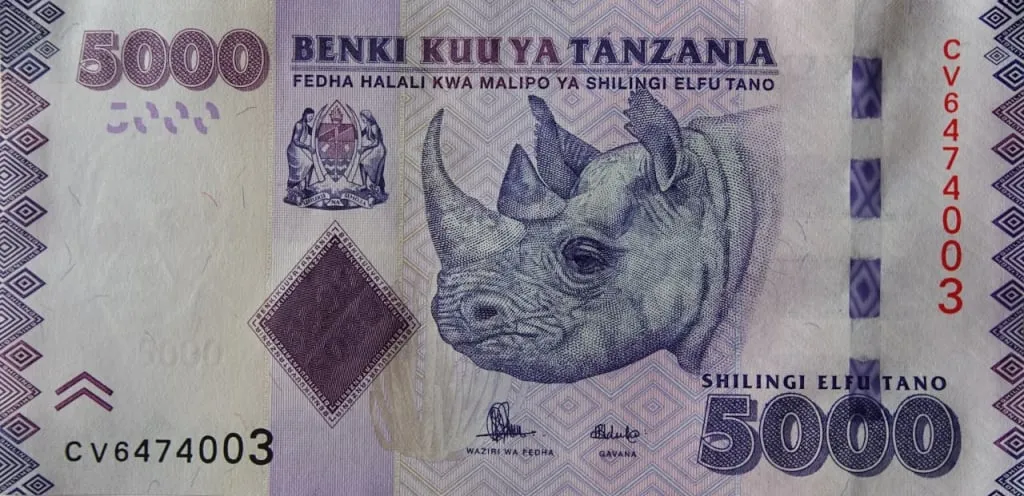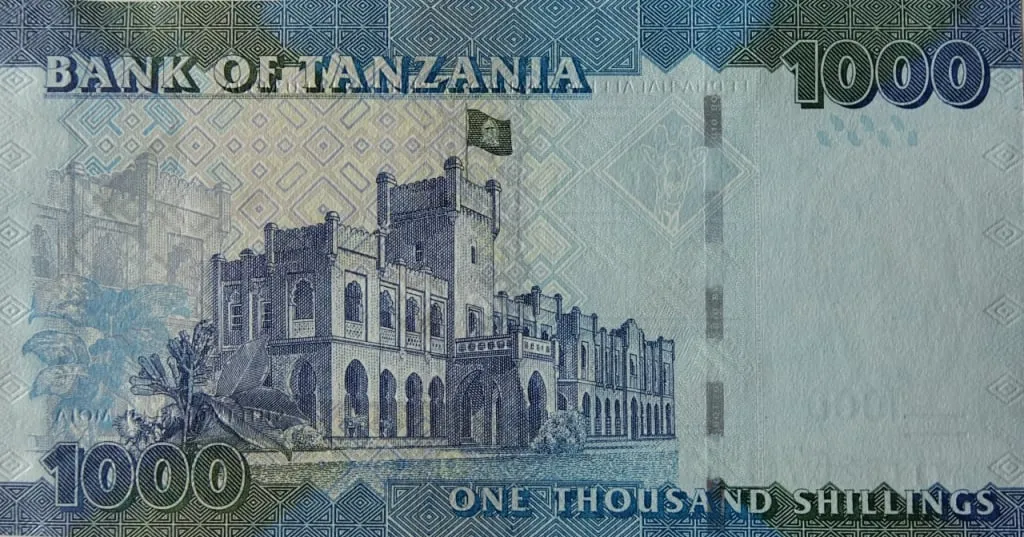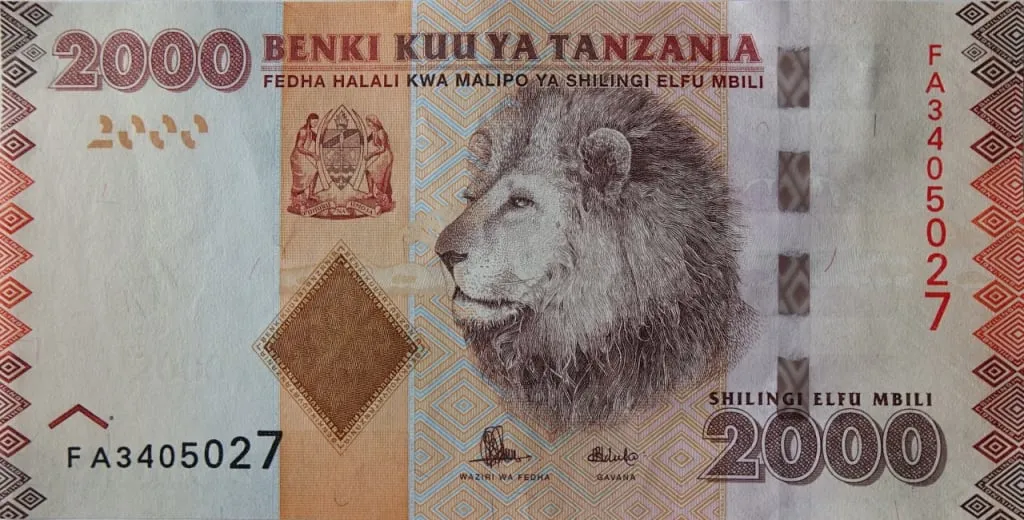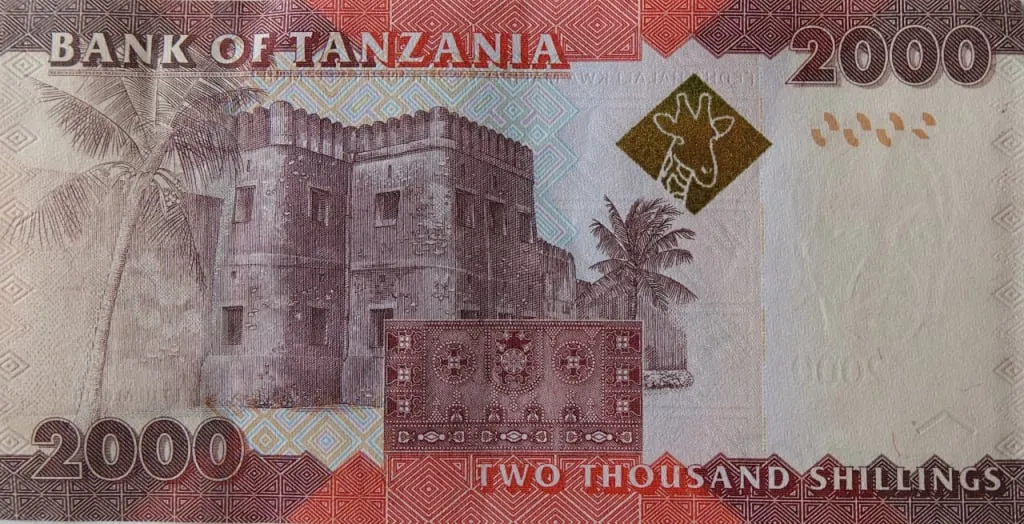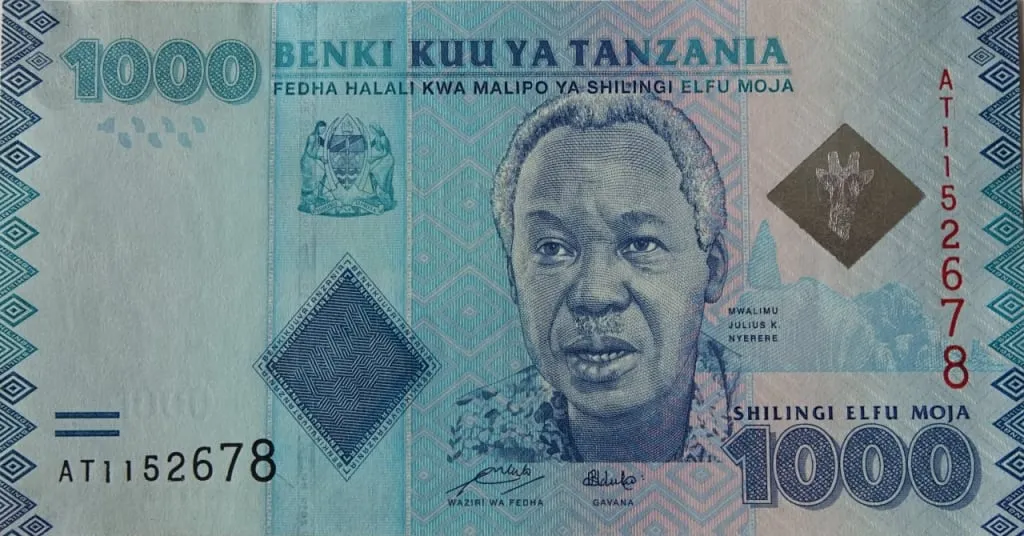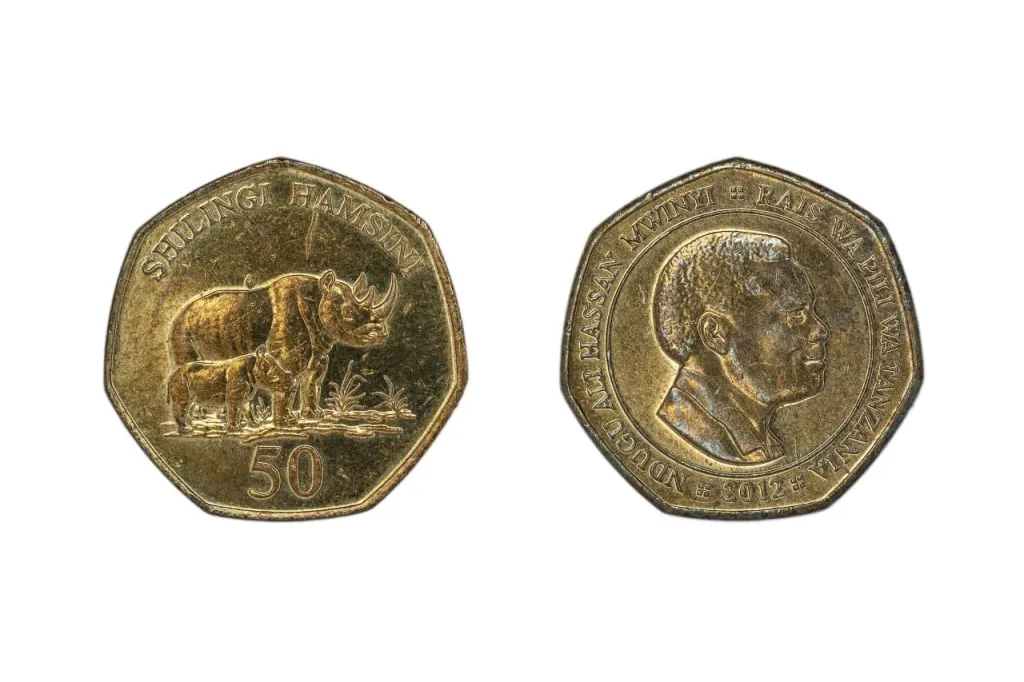Planning a trip to Tanzania and Zanzibar? One important thing to research before your trip is the local currency and payment methods. In this guide by Altezza Travel experts, we delve into everything you need to know about money in Tanzania. From the official currency used in the country to payment options, currency exchange, and even a closer look at the banknotes. What is the currency of Tanzania? How much money can you bring to Tanzania? How to exchange money in Tanzania? Can you pay in USD in Tanzania? How do Tanzanian schillings look? - You will find the answers to these questions and more in our article. Understanding the ins and outs of Tanzania money will ensure a smooth and hassle-free experience during your stay.
What is the currency in Tanzania? And in Zanzibar?
The official currency of Tanzania is the Tanzanian shilling. It is also used in Zanzibar, as the islands are part of the United Republic of Tanzania. So, in Tanzania and Zanzibar, the national currency is the Tanzanian shilling.
Its international currency code is TZS. Remember this abbreviation if you plan to visit Tanzania. You will come across it in currency converters, exchange offices, and banks.
One Tanzanian shilling is divided into 100 cents. However, you won't need cents. Theoretically, there are coins in denominations of 5 cents and higher, as well as coins of 1 shilling and above. But in practice, all coins below 50 shillings are out of circulation. Generally, the current prices in Tanzania are such that you are unlikely to need coins, and will mostly use banknotes of 1,000 shillings or higher.
It's worth mentioning that "shilling" should be specified as Tanzanian shilling, as other countries also use the term for their currencies. There are the Kenyan shilling, Ugandan shilling, Somali shilling, and even the Somaliland shilling. The banknotes of the latter are very colorful and perhaps the most beautiful among all shillings, but Somaliland is an unrecognized state. With Tanzania and Tanzanian shillings, everything is official and internationally recognized in this regard.
What can you pay with in Tanzania?
In Tanzania, cash is widely accepted, and non-cash payments are also used in the tourism industry and many other places
Paying with cash
Both Tanzanian shillings and US dollars are accepted as cash for payment almost everywhere. In airports, hotels, restaurants, tourist companies, and most shops, they will accept US dollars. Many Tanzanians are familiar with dollars, so even if you buy something from street vendors, such as souvenirs, they will often quote you a price in dollars.
However, there is one thing you should keep in mind: new USD banknotes issued after 2009 are accepted without any problems. Older banknotes are more likely to be refused due to concerns about counterfeiting. Keep this in mind when preparing American cash for your trip.
At Altezza Travel, we accept payment not only in US dollars but also in euros and British pounds. However, this is more of an exception, as the majority of companies operating in Tanzania prefer US dollars. besides the US dollar and Tanzanian shilling are used in Tanzania. So, if you plan to pay with cash, make sure to have these two currencies with you.
Paying by card
In Tanzania, you can pay with a bank card, at least in places where they regularly deal with tourists, such as hotels, tour operators, and national parks. However, you need to consider commissions and taxes.
The standard commission for non-cash payments in Tanzania is 3.5%, although the total amount can be higher for you. Depending on your bank, you might be charged both the extra commission for the transfer and the difference between currencies if you have euros, for example, in your bank account but need to pay in dollars
Before traveling to Tanzania, there is one important thing to do: inform your bank about the dates and location of your trip so that they don't block your card when used abroad, suspecting fraud. This is a common occurrence, and unblocking takes time.
In general, your bank card will be accepted here. There are ATMs in all major and medium-sized cities, and you can also find them in other places frequented by tourists. International banking systems such as Mastercard and Visa operate in Tanzania. Keep in mind that you can only withdraw Tanzanian shillings from ATMs; they do not dispense US dollars.
What's the best way to pay?
Our practical recommendation is this: when arriving in Tanzania, it's advisable to carry bank cards rather than cash for safety purposes, but keep at least 25% of your planned travel budget in US dollars in cash. Make sure to inform your banks about your trip, specifying where and when you plan to use your cards, to prevent them from being blocked.
Once you are in Tanzania, pay with US dollars wherever possible. If you plan to go on excursions in small towns or make small purchases, you can exchange some dollars for Tanzanian shillings. However, it's not recommended to exchange a large amount of dollars into local currency, as you won't be able to take it out of the country, and the exchange back to dollars will not be very favorable, with a potential loss of up to 10%. Shillings may be useful mainly in small shops and markets.
What else do you need to know about money in Tanzania?
If during your vacation you realize that you don't have enough cash in the required currency or need to exchange it, you can easily do so at local bank branches.
Where to exchange currency?
It's best to exchange currency at banks, which are available in every city. Currency exchange offices often use bank exchange rates as well. They are located in places frequented by tourists, such as airports and busy city streets. Of course, exchange offices can have different rates, so always compare with the official exchange rate.
Exchanging currency on the street, especially large sums, is not recommended as it can be unsafe. If you need a small amount of local currency, you can ask to exchange dollars at a store or restaurant.
What is the exchange rate?
You can check the current exchange rate on xe.com or oanda.com. For example, the current exchange rate from US dollars to Tanzanian shillings — USD/TZS, and the exchange rate from euros to shillings — EUR/TZS.
Over the past four years, Tanzanian shillings to USD exchange rates have been relatively stable, trading in the range of 2,300-2,430 shillings per dollar.
What are the prices like in Tanzania?
To give you a rough idea of local prices, here are the approximate costs of some common purchases in stores and restaurants:
A 1.5-liter bottle of water costs around 1,000 shillings; a 0.5-liter bottle of local beer - 2,500 shillings; a bottle of wine - on average, 15,000 shillings. A kilogram of bananas will cost you 2,500 shillings, while a kilogram of imported apples will be around 6,000 shillings. A pack of cigarettes will cost 3,000-4,000 shillings, and a typical chocolate bar - about 3,000 shillings
For a pizza in a restaurant, you can expect to pay between 15,000 and 25,000 shillings, depending on its size, while a cup of good coffee will cost around 5,000 shillings. The cost of a lunch in a good café, excluding alcohol, should be estimated starting from 40,000 shillings. In a local café, you can have a quick snack for about 10,000 shillings.
How to leave tips?
Tips can be given in both currencies, either US dollars or Tanzanian shillings. In good restaurants and cafes, it is customary to leave up to 10% of the bill amount as a tip. In hotels, it is common to give 1-3 US dollars to those who help with luggage. It is better to check with the managers of the tour companies about tipping guides during excursions.
In places crowded with tourists, locals may persistently offer their assistance, such as showing directions, helping with luggage, accompanying, or even organizing impromptu "tours". Only accept help if you genuinely need it. However, it's best not to overly reward them with large amounts of tips, as it only attracts more persistent individuals in tourist hotspots.
Are there any currency restrictions?
Tanzanian legislation prohibits non-residents from importing or exporting Tanzanian shillings. The exception is made only for citizens of neighboring Kenya and Uganda. So, if you have any local currency left at the end of your trip, it's better to spend or exchange it.
Also, keep in mind that if you have more than $10,000 in international currency per person upon arrival in Tanzania, you need to declare it. The same applies when leaving the country.
Local ATMs have a technical limit: you can withdraw no more than 400,000 shillings at a time. However, the number of withdrawals is not limited.
Banknotes and Coins of Tanzania
Currently, the 2011 series banknotes are in circulation. We will show them to you so that you can familiarize yourself with and recognize all the denominations. Let's start with the most common ones.
The 10,000 Tanzanian shilling banknote is the highest denomination and is red in color. It features the head of Tanzania's largest terrestrial animal, the elephant, as well as the headquarters of the Bank of Tanzania in Dar es Salaam.
From the inscription, you can infer that "shilling" in Swahili is "shilingi." The denomination is written in words, where "elfu" means "thousand," and "kumi" means "ten."
The 5,000 shilling banknote is violet in color. It features the head of a rhinoceros and a gold processing plant.
The words "elfu tano" mean "five thousand" in Swahili. The reverse side of each banknote duplicates the denomination in English.
The 2,000 shilling banknote is orange. The front side depicts the head of a lion, while the reverse side shows an old Arab fort in Zanzibar, the most famous building on the island.
The word "mbili" means "two" in Swahili. By the way, knowing how to count up to ten in Swahili may come in handy when dealing with a souvenir vendor who doesn't speak English.
Finally, there is the 1,000 Tanzanian shilling banknote, which is blue. On the front side, it features not an animal but a person. Specifically, it is the first President of Tanzania, Julius Nyerere, who led the country in the 1960s-1980s, during its early years of independence. You will come across his portrait everywhere you go. The reverse side showcases the Tanzanian presidential residence.
The word "moja" means "one" in Swahili.
There is also an officially circulated 500 shilling banknote, but it is rarely encountered and of limited use. It is greenish in color and features the images of another politician - the first President of Zanzibar, Abeid Amani Karume, as well as university buildings and students in Dar es Salaam.
As for small change, the most commonly used denomination is a coin of the same value - 500. There are also coins in 200, 100, and 50 shillings. They are given as change in stores. Tourists may find these coins interesting as souvenirs. However, it is important to note that taking local currency out of Tanzania is officially prohibited for tourists unless a few coins get lost in your wallet among coins from other countries.
The most interesting find would be a 22-millimeter coin with a denomination of 50 shillings. It is a brass-colored heptagon with the profile of the second President of Tanzania and silhouettes of rhinoceroses. The 100-shilling coin depicts a herd of leaping antelopes, the 200-shilling coin features a family of lions peeking out from the grass, and the 500-shilling coin showcases an African buffalo, a symbol of Tanzania's wild nature. Encountering coins with denominations below 50 shillings is very rare.
Additionally, there are older 2003 series banknotes still in circulation. They have a similar appearance to the modern banknotes, except that the animals on them are depicted in full rather than just their heads. These older banknotes are gradually being withdrawn from circulation, so they are very rarely encountered. However, they remain legal tender in Tanzania.











